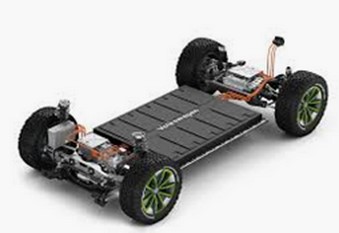While the demand for EV batteries is growing, the EV/PHEV is dangerous and costly to ship. Lithium-Ion batteries, for example, that dominate the EV/PHEV market, are highly flammable. Large EV batteries are capable of leakage and violent thermal runaway if mishandled – potentially causing environmental and economic disaster.
Categorized as Class 9 Dangerous Goods (Packaging Group II), their transport packaging requires rigorous certification by the United Nations. Batteries need to be kept from overheating and kept stable and enclosed so they aren’t exposed to conductive surfaces. Given these conditions, one-way packaging becomes uneconomic.
CHEP capitalized on its global and auto industry experience, creating reusable solutions that take the risk and waste out of the battery supply chain.
CHEP’s Eurobin and IsoBin products are established containers used in domestic and international flows within the automotive supply chain. They are adapted by CHEP to meet all UN requirements and customs certifications for dangerous goods transport, with over-fitting lids, strapping channels, and customizable inserts. Trackers can be added to monitor the location and condition of the batteries.
Companies pay for the packaging they need when they need it, and CHEP guarantees continuity and quality of supply, regardless of shifts in demand.

